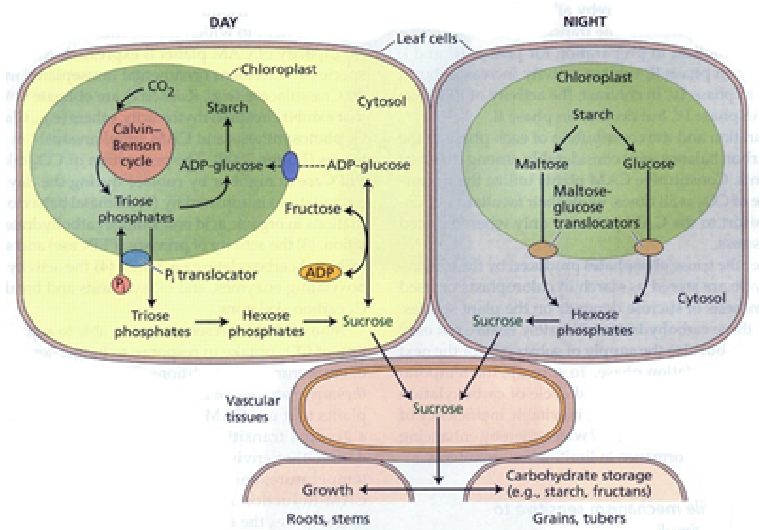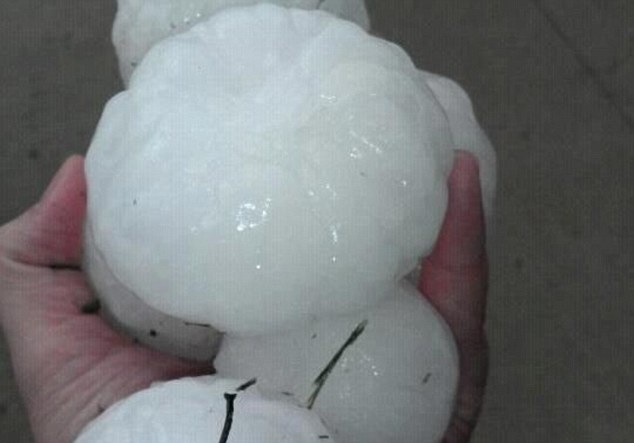Monthly Archives: March 2014
67.WHY DO PLANTS MAKE STARCH?
Is there anybody in your family on a diet? Then you’ve probably heard them say as they turned down a certain dish, “Not for me! Too much starch!” Of course, if there are growing children in a house, they are usually fed plenty of starch to “build them up.” Starch—whether people try to cut down on it or to get all they can—is one of the most important substances in the world. The human race gets more food from starch than from any other single substance!
66.WHY DO HAILSTONES DIFFER IN SIZE?
In a certain section of the country where thunderstorms occur rather frequently, one storm in eight hundred produces hail as large as walnuts, and one storm in five thousand produces them in tennis-ball size.
And as you may know from your own experience, hailstones come In many sizes in between.
Hailstorms usually occur during the warm weather, and they are generally accompanied by thunder, lightning, and rain. Hail is formed when raindrops, on their journey to the earth, pass through a belt of cold air and are frozen.
Single raindrops form very small hailstones. Larger stones begin in the same way, but as the small hailstone falls, if it meets a strong rising current of air, it may be carried up again to the level where raindrops are forming. New drops then cling to the hailstone. As it falls once more through the cold belt, they spread into an enveloping layer and freeze about it, making the stone larger.
This rising and falling of the hailstone may be repeated time after time until it has added so many layers that its weight is sufficient to overcome the force of the rising current of air, and it falls to the ground. In this way, hailstones measuring 8 to 10 centimeters in diameter and weighing as much as 0.5 kilograms are occasionally built up.
Snow, too, freezes around hailstones when they are carried into regions where it is forming. So the hailstones are frequently made up of layers of ice and snow.
Hail does enormous damage every year. It beats down such crops as corn, wheat, cotton, and tobacco. It may strip trees of their leaves, break glass in windows, and even injure poultry and livestock!
65.WHY DIAMONDS ALWAYS CONSIDERED VALUABLE?
The first records we have of people deliberately looking for diamonds indicate that this happened in India. Diamond mining as an industry started there more than 2,500 years ago!
Diamonds were prized from the very beginning. In fact, before the fifteenth century, diamonds were still so rare that only kings and queens owned them.





